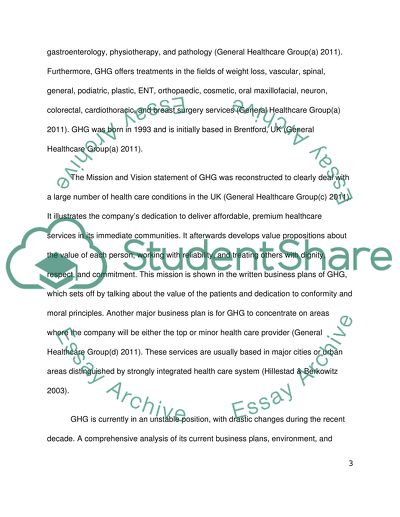Cite this document
(“Strategic Analysis of General Healthcare Group Ltd Essay”, n.d.)
Retrieved from https://studentshare.org/health-sciences-medicine/1409803-health-care-industry
Retrieved from https://studentshare.org/health-sciences-medicine/1409803-health-care-industry
(Strategic Analysis of General Healthcare Group Ltd Essay)
https://studentshare.org/health-sciences-medicine/1409803-health-care-industry.
https://studentshare.org/health-sciences-medicine/1409803-health-care-industry.
“Strategic Analysis of General Healthcare Group Ltd Essay”, n.d. https://studentshare.org/health-sciences-medicine/1409803-health-care-industry.


